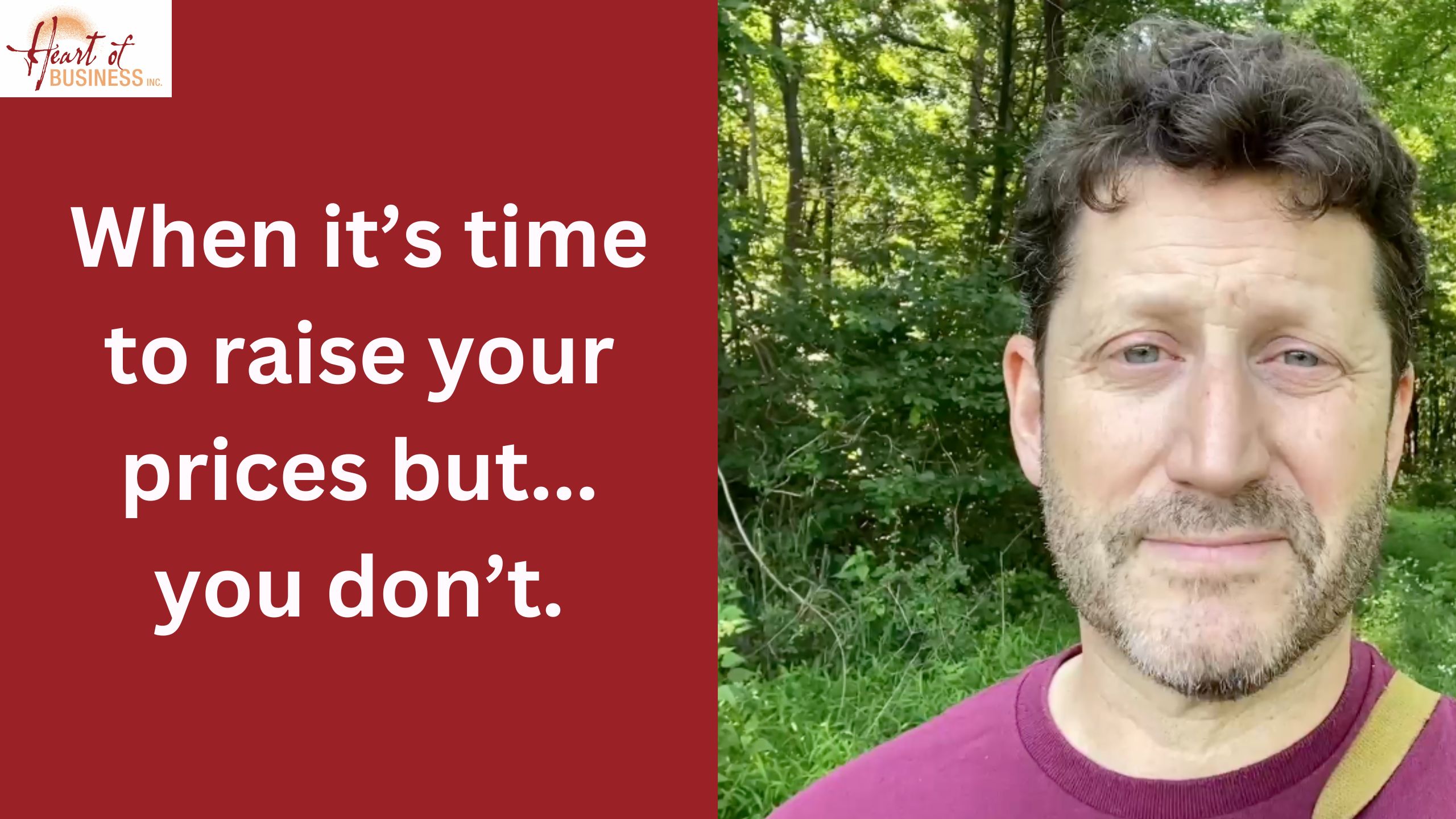I saw someone out in the wilds of social media, struggling to understand why they were only getting a 5% response to an offer they put out. I figured you folks here might be interested in what my response would be.
There are many people who have really unrealistic sense of what a “good response” is with marketing or promotion.
And, it’s understandable. For many, the only experience we have with invitations is inviting friends to a party, and that tends to get really high engagement.
For instance, this person had announced a potential offer idea to their social media followers, and had 22 people say they were interested. Then, when it came time to actual sign up for the offer, at a low-cost or donation-based price, only one person said Yes. Which is technically not 5%, but 4.54%. But hey, close enough.
Now, I get it. Having 1 person say yes to an offer is disheartening, especially if you have a lot of enthusiasm for it. However, from a different perspective, it’s a fantastic response.
What an offer needs to be successful.
There are a number of things an offer needs to have a chance to be successful. You don’t need all of these perfectly, but, they are all important.
To be successful making an offer:
– One needs an audience that is already interested in the topic.
The example above had 22 people.
– The person offering needs to have a relationship of trust with that audience.
The example I’m using had that. The 22 who raised their hand as interested were already part of their social media connections, not strangers.
– One needs a *clear* offer. Meaning one that is not only clear in terms of the logistics, but super clear on who it’s for, and what it helps/speaks to, the problem it solves, and the results it’s aiming at. And yes, I get that transformational work can’t promise specific results, yet desired outcomes and intentions can be talked about with integrity.
Yes, the offer in the example was pretty clear, from my point of view.
– There needs to be multiple invites over a period of time. People need to go through a process of decision-making, and unless they are reminded, will forget to complete the process of decision-making. How many invites? More than you are thinking of. More than that.
The example only really had one invite, I think, maybe two. The person reached out to the 22 who were interested and gave them a personal invite. I’m not sure if they followed up or not. If they did, it was once.
– An easy way to respond.
The example had a pretty easy way to respond.
I don’t want you to feel discouraged or overwhelmed by this. As I said, you don’t have to do it perfectly. But, all of this really just helps clarity and ease emerge for your offer.
Many people incorrectly assume it’s the price, or “the market is saturated” or something else for why they aren’t getting the response. But, very often, the way the offer is being put out there is where people are getting tripped up.
And, even with all of that, a 5% response of an engaged audience is actually really good. It’s actually considered a very high percentage response.
Members of the audience that already trust and like you, and the offer is relevant to them, need to also:
– Have the financial resources available.
– Have the time free on their schedule.
– It needs to be a current high priority for them.
I’ve seen people get really discouraged at a 5% response… when, in fact, that’s good!
5% of 100 people is 5. 5% of 500 is 25. 5% of 1000 is 50.
You can see why it’s important to build audience, so you can reach enough people, so the pressure isn’t on any particular individual.
Where’s the heart in all of this?
If we’re having a gathering at our home, we take care to prepare for it. We clean the house, especially the bathroom, we prepare food and drinks, even if it’s a potluck folks are bringing things. And we try to be thoughtful about when we’re scheduling it for, thinking about when our friends tend to be free.
To invite people in to an offer, you want to give some thoughtfulness and care. People are busy, often overwhelmed. You want to make things as easy and clear for them as possible.
And, because you’re hoping to make money from it, it’s helpful if you aren’t bringing the emotional pressure of your financial survival onto a small number of people.
You can’t help it so much in the early stages of business, but it’s one of the reasons why you want to gather a reasonably-sized audience. This makes it easier to be gracious with each person you’re inviting, and not be attached to whether they say yes or no.
It’s also why I often recommend strongly that early in business people focus on enrolling 1-1 clients, if it’s appropriate. With individual clients, you don’t have to have everyone available at the same time, you can often charge more per person, and feel better doing it, and you don’t even have to be focused on exactly the same topics. The customized nature of individual work makes it easier when you have a smaller audience.
You don’t have to do this, and if you hate it, there are other options. But, if it’s possible, even if it’s not your favorite mode, it makes it much easier to get to sustainable levels of income, while you’re developing your business to be successful potentially with other modes, like groups or other kinds of offers.
It’s also why I recommend, when it’s in integrity to do it, having offers that last longer. It does take a fair bit of focus and effort to have a successful enrollment, and if you are only enrolling people for a single session or for a 4 week class, then by the time it finishes you need to jump back into enrollment mode… and that can be exhausting.
You *can* do it. But if you take on unrealistic notions of what is involved, you’ll be disappointed even when you’re doing well, and you’ll misunderstand what needs to be improved–for instance, thinking it’s the price, when actually it’s the audience size.
Be kind to yourself and embrace what a good response actually looks like. It’s okay that it takes time to develop a robust and sustainable business. You really can do it!
p.s. Webinar – Trust and Courage in business (and life)
Sometimes it’s these inner, emotional, spiritual issues that tangle us up the most, and have a big impact on whether we are able to move our businesses forward.
One of those issues, actually two, is trust and courage. They are deeply related to each other, and in a non-obvious way. There are so many non-helpful ways people try to work with trust and courage in business, and people get stuck quite frequently.
May I suggest a Sufi approach to these two? I’m holding a no-cost/no-upsell webinar: Spiritual Truths about Trust and Courage in Business.
Tuesday, July 16, 2:30pm eastern. About 30 minutes.
Details are here.
You get the recording if you register, and yes, please share it with anyone you know.







